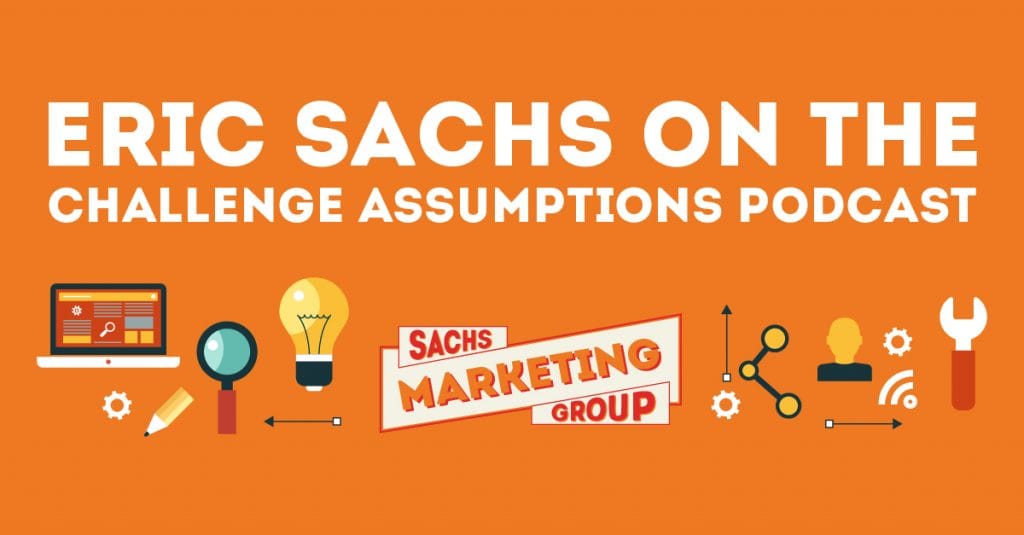Digital Marketing
Explore our library of digital marketing articles and discover the digital marketing tips you need to boost your digital visibility.
Tips for Creating Cohesive Branding for your business
Creating a cohesive brand identity is deceptively complex. On the surface, it may appear to be as simple as hiring someone to create an eye-catching logo and engaging content that can then be distributed to consumers. In reality, the process of creating effective branding begins with deep introspection about the core values the brand represents…
Why Avoiding a CRM Will Be Harmful for Your Business
CRM refers to customer relationship management. It’s a type of software that allows you to develop a database of all your customers or clients, and keep track of information about how and when they interact with your company. While many companies operate without a CRM in place, actively avoiding using one can be harmful in…
Step-by-Step Guide to Launching a New Product or Service
This guide assumes you’ve done all your homework in terms of market research. You’ve developed and tested the idea, built the prototype, gone through beta testing, and now you’re ready to launch your new baby into the world. Your strategy can make or break your success, so it’s critical to go into everything with a…
How to Create Solid Self-Help Options for Customers
By 2020, 85% of the customer relationship will be managed without ever speaking to a person. Why is that? Well, it’s at least in part due to the fact that businesses are recognizing how much their customers hate dealing with customer service. In fact, 1/3 of people would rather scrub a toilet than talk on…
8 Ways to Test the Validity of Your Product or Service
If you’ve got an idea you think would make you rich – you could be right. Or, you could be wrong. It’s important to test the validity of your idea before pouring tons of time, energy, and money into something. Yeah, you can be excited about it, but just because you are doesn’t mean the…
Eric Sachs on Challenge Assumptions Podcast
Eric Sachs joined Greg and Gene on the Challenge Assumptions Podcast to talk about the world of SEO. In the 50-minute episode, Eric, Greg and Gene discuss: How Eric got started in SEO and digital marketing. The future of SEO and mobile marketing. Keeping transparency in the forefront of your company. Why Sachs Marketing Group…
7 Email Segmentation Ideas for Maximizing Email Profits
Across different industries, email marketing has proven to be an effective strategy in online marketing. Smart marketers have embraced it already: A survey report by an online technology reviews firm revealed that out of 200 marketers surveyed 97% of them are using email marketing software. If you’re already using email marketing, you need to take it a…
7 Time Sucks That Are Killing Your Work Productivity
If you’re constantly feeling overwhelmed and like there aren’t enough hours in the day to get through everything you possibly need to do, it’s time to evaluate your time management skills. It’s time to take a look at what’s really taking up your time during the day, and become more aware of the things that…
The Fool-Proof Guide to YouTube Marketing
Did you know, YouTube on mobile alone reaches more 18 to 49 year olds than any cable network in the United States? That’s pretty impressive, and incredibly telling about our media consumption habits. If you’re marketing to anyone in that age group and you’re not engaging in YouTube marketing, you’re missing out. Just as with anything…
Cold Pitching Isn’t Dead: How to Nail Your Next Pitch
If you’re cold pitching – you’re pitching your story (or your product) to someone you don’t already have a connection with, with the hope that they’ll run your story, or buy your product. Maybe you don’t want them to buy your product right this second, but you want them to attend a webinar or schedule…
26 Tools to Monitor Your Brand (And the Competition!)
Brand marketing is an absolutely essential part of your online marketing strategy. You need to monitor your brand – and your competition, too. You may have SEO locked down so people can easily find the relevant content your company produces, but if they are not satisfied with the product, service, or customer service experience, they may…
10 Email Marketing Tips for More Subscribers
Looking for some email marketing tips for more subscribers? A few ways to increase email subscribers include creating compelling lead magnets, optimizing sign-up forms for user experience, leveraging social media platforms, and offering exclusive content. Personalizing emails, segmenting lists for targeted messaging, and using engaging subject lines are key. Regular testing and analyzing subscriber behavior…
Step-By-Step Guide to Building an Editorial Calendar for Your Blog
An editorial calendar for your blog helps you keep up with what needs to be written and published and when. It’s a good idea to put one together for the month, if not for the year, at the beginning of the year. It helps you plan your blog’s content around marketing campaigns, holidays, and other…
Developing a Successful Customer Loyalty Program
Today’s consumer belongs to an average of 13.4 loyalty programs, but are only active in 6.7. More than half of brands (57%) say they’ll increase loyalty program budgets in 2017. Why? The simple fact is it costs more to sell to a brand new customer than it does to sell to an existing one. It…
Understanding Creative Commons Licenses
You use images online and off – for nearly everything in your business. Your business card, flyers, brochures, menus, social media graphics, blog posts… they are everywhere. And if you’re just Googling the images you want, and saving from there, you could be in serious trouble. If the licensing isn’t right – you’re stealing. So,…
16 Ways to Promote Your Infographics
Infographics have become one of the most popular ways to share large amounts of information in an easy to understand format. When done properly they are visually pleasing, interesting, and useful. One of the best ways to repurpose popular content is to design a new infographic using the information. Once the infographic is ready to…
Cheatsheet: Creating a Brand Style Guide
Many brands lack a key piece of the puzzle for consistency – a brand style guide. Why do you need one? Well, if you’re like a lot of businesses out there, you’ve got several people, some in-house, some contracted, working to produce all your collateral and assets. And if you don’t want to spend a…
New Year’s Resolutions: Goal Setting for 2017
Whether you set personal New Year’s resolutions or not – and whether you’re still sticking to them at the end of January, this is a wonderful time to reflect on where you are with your business, conduct an end of year analysis, and set some goals to help carry you through 2017. The Power…
Storytelling for Business Tips That Will Change the Way You Market
Your company story is a vital part of your branding and customer experience. It sets the tone for who you are, and what customers can expect from you. It’s the foundation of building connections with your customers, because when all is said and done, you’re in the business of solving problems for your customers, and…
The Ultimate Guide to Building Buyer Personas for Your Business
Think about it – when you’re trying to buy the perfect anniversary gift for your spouse, or the perfect gift for your best friend, you can see them in your mind as you’re shopping. You can see what they want and what they need, the things they’d most likely be interested in, what they love,…
Clicks Mean Nothing – Focus on Engagement
I know that’s not what you wanted to hear – I see you over there, beaming from ear to ear because this month’s page views were 200% higher than they were this time last year. I’m not here to rain on your parade – but I’m here to let you know you may want to…
6 Steps to a Flawless Digital Marketing Strategy
Crafting a digital marketing strategy is difficult work, whether you’re a new or seasoned marketer. What worked in the past may not work now, and with constant market changes – the addition of new platforms, algorithm adjustments, and more competition – nothing is a guarantee of success right out of the gate. But, just because…
10 Psychology Hacks to Market Smarter
Part of me always wanted to go into psychology, but I decided spending 12 years in school to earn a Ph.D. was a lot – and I wasn’t sure I could handle my own issues, let alone help countless others with theirs. The mind and the way it works has always fascinated me, so it’s…
9 eCommerce Platforms Compared
If you’re looking to sell online – there are no shortage of services to assist you. Here’s a look at nine options to choose from. Some ecommerce platforms are better suited toward beginners who have only a handful of products to sell, while others are highly robust with nearly limitless capabilities. Shopify As one…
Ads in Cars – Future of Digital Marketing
Ads in cars – In a world where everyone is constantly on-the-go, and mobile internet usage has overtaken the desktop, it makes sense to take the future of digital marketing to the next place we’re always connected – our vehicles. Americans spend an average of more than 17,600 minutes driving every year, breaking down to…


































